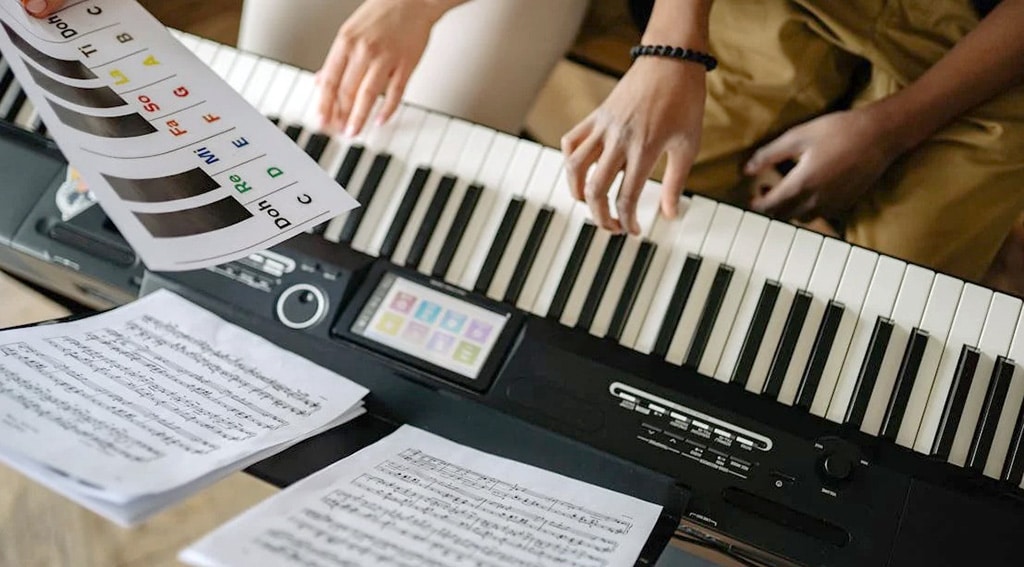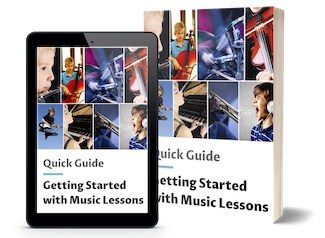Best
Beginner
Digital Piano
-
Overall: 8/10
-
Best Feature: Tri-Sensor Scaled Hammer Action Keyboard II
-
TedScore™: 8/10
Best
Affordable
Digital Piano
-
Overall: 9/10
-
Best Feature:
Responsive Hammer Compact Action -
TedScore™: 9/10
Best
Advanced
Digital Piano
CLP-775 GUARANTEED TO IMPRESS
-
Overall: 10/10
-
Best Feature: Emulates The Tone Of A Grand Piano l
-
TedScore™: 10/10
Have you ever dreamed of transforming your living room into a concert hall with the majestic sound of a grand piano? Let me introduce you to the perfect solution: the Top Rated Digital Piano.
With state-of-the-art features and impressive sound quality, these digital pianos bring you an authentic playing experience without breaking the bank or requiring a grand space.
I’ve seen how digital pianos have evolved, catering to every musician’s needs. We’ll explore the top models, uncovering what sets them apart and which might be your best fit in this exciting world of music.
Who knew the keys to your next masterpiece might be just a click away?
Understanding Digital Pianos
Due to their convenience and advanced features, digital pianos have become a popular choice for musicians. I’ll highlight the differences between acoustic and digital pianos and explore key features found in digital pianos.
Acoustic vs. Digital Pianos
The debate between acoustic and digital pianos is intriguing. Acoustic pianos offer the timeless, rich sound that many love, created by hammers striking strings. Each piano has its unique resonance and character. In contrast, digital pianos replicate this sound using advanced sampling technology.
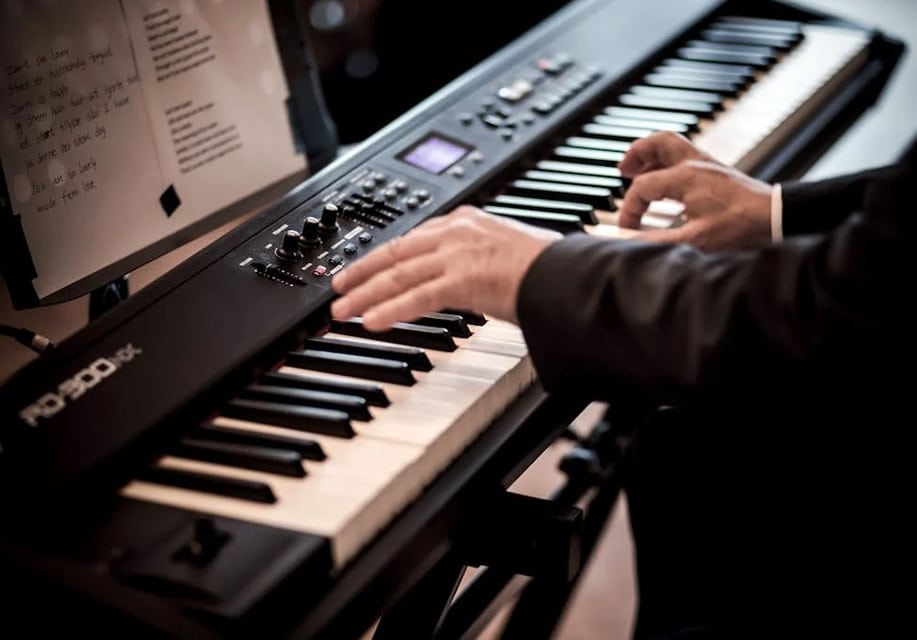
A digital piano is perfect if you’re looking for versatility and convenience. It doesn’t require tuning and can easily be moved. With built-in features like volume control and headphone output, you have more flexibility. It’s an excellent choice for those who want a wide range of sounds in one instrument.
Key Features of Digital Pianos
Several features define a good digital piano. Weighted keys simulate the feel of an acoustic piano, providing a realistic touch response. This is crucial for developing proper technique.
Another essential feature is polyphony, which refers to the number of notes a piano can produce simultaneously. More polyphony ensures your music never sounds cut off, especially with complex pieces.
Digital pianos usually have varied sound settings and can replicate the sounds of other instruments. This versatility enhances the playing experience. The standard is often 88 keys, closely mimicking acoustic pianos. High-quality sound samples and adjustable touch response add to the appeal.
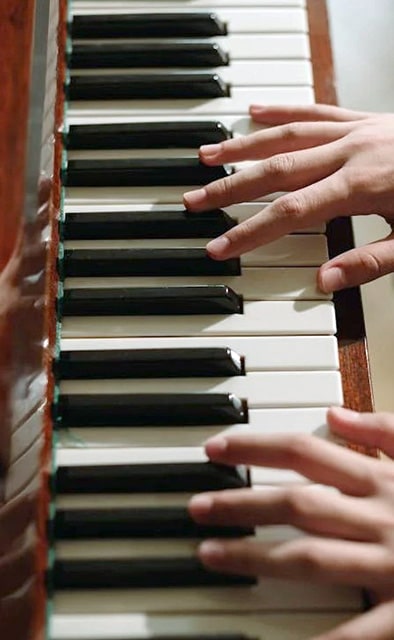
The Search for Authenticity
Many players seek authenticity when it comes to digital pianos. The richness of sound and realistic feel are crucial in choosing the right instrument for a truly satisfying experience.
The Importance of Sound Engines
I’ve seen the difference a good sound engine makes, and it’s paramount.
A powerful sound engine replicates the tonal qualities of an acoustic piano.
Yamaha’s Clavinova series, for example, shines with its GrandTouch sound engine, which offers depth and resonance.
Some models offer layering and bright sound profiles, amplifying this richness and allowing for versatility in different genres.
The inclusion of velocity-sensitive keys ensures that soft touches produce delicate sounds, contributing to dynamic and expressive performances.
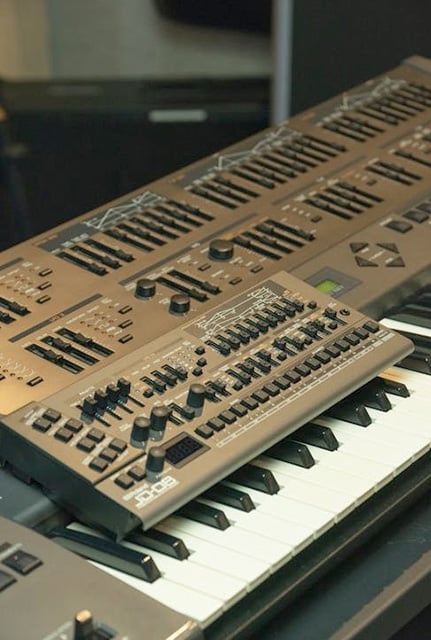
Touch Sensitivity and Hammer Action
Touch sensitivity and hammer action are essential in creating a genuine piano experience. These features ensure that the touch and responsiveness of the keys mimic that of a grand piano. Digital pianos like Roland and Kawai shine in offering precise touch sensitivity.
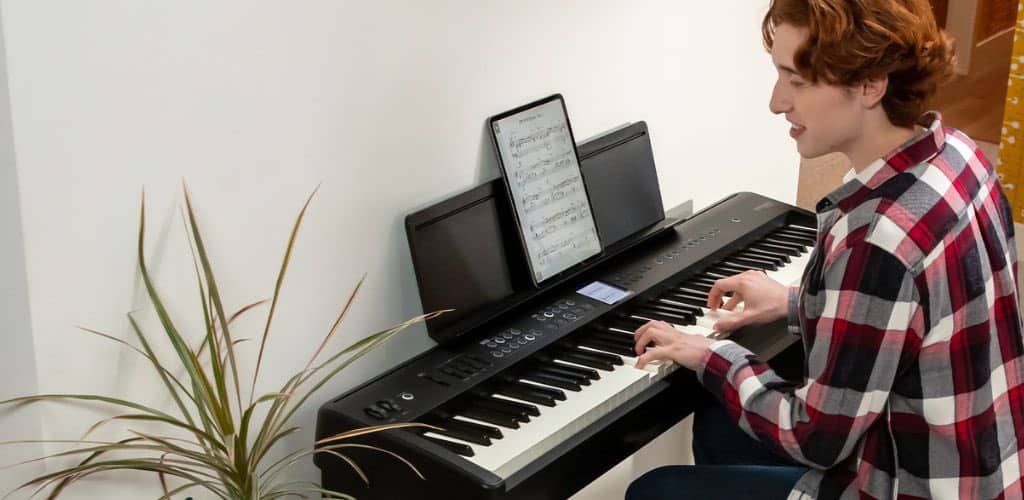
With weighted keys and graded hammer action, the tactile experience becomes nuanced. I find weighted keys set closer resistance to what pianists expect from an acoustic grand. Hammer action contributes to rebound, giving life to challenging pieces. The combination offers a tactile symphony that enhances not just the sound but the tactile experience, making each session enjoyable and engaging.
The Search for Authenticity
Several models stand out among top-end digital pianos for their exceptional sound quality, innovative features, and superior playability. I explore Kawai’s offerings and Yamaha’s acclaimed Clavinova CLP-775, each showcasing unique qualities that cater to musicians seeking premium experiences.
Kawai KDP120 and Shigeru Kawai SK-EX
The Kawai KDP120 strikes a balance between sophistication and accessibility. This model comes packed with harmonic imaging sound technology and is engineered to reproduce the nuanced tones of an acoustic piano.
Kawai KDP120
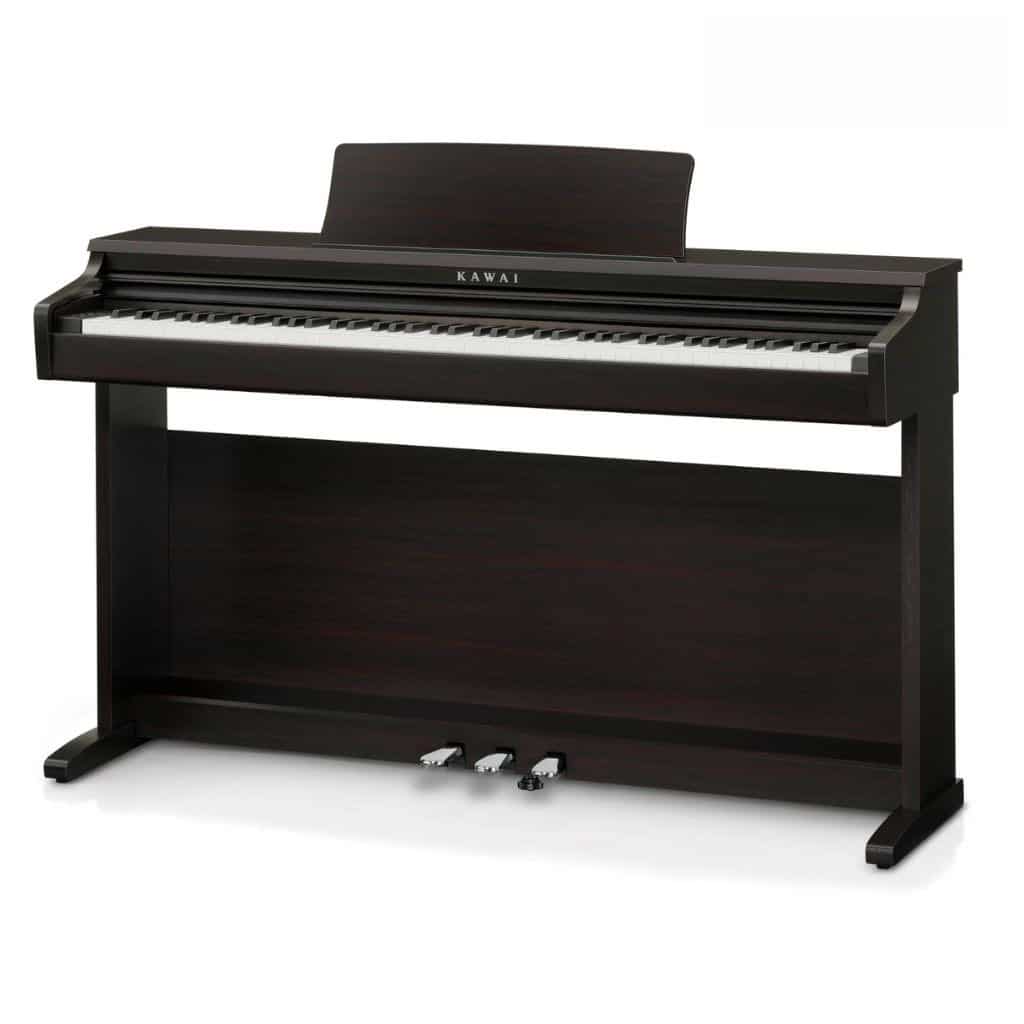
FEATURES: Responsive Hammer Compact Action
OTHER INFO: Harmonic Imaging Sound Technology
- Responsive Hammer Compact action provides a realistic touch and feel
- With Kawai's Harmonic Imaging technology, the KDP120 delivers rich and expressive tones
- Relatively heavier compared to more portable digital pianos
When you click ‘Check Price’, you’ll see there are loads of great places to buy this item. Our personal favorite is Sweetwater for the US, and Thomann and Gear4Music for the UK & Europe.
They are the largest music retailers, with excellent customer service, competitive prices, really fast shipping, and the longest guarantees.
The professional musician who wrote this article combined many things,
from the product build, manufacturer’s reputation through to feedback
from other users, to create our famous TedScore™.
Yamaha Clavinova CLP-775
The Yamaha Clavinova CLP-775 is a marvel of advanced piano technology. It features samples from Yamaha’s famed CFIIIS grand piano and delivers an authentic concert experience. The GrandTouch-S keys are carefully crafted to mimic the feel of acoustic pianos and boast linear grading for a realistic touch.
This model stands out with its intuitive, user-friendly touchscreen interface, offering seamless navigation through features like voice selection and sound settings. Plus, the Smart Pianist app syncs perfectly with the piano to enhance the learning experience.
The CLP-775 successfully merges traditional piano characteristics with cutting-edge innovations, making it appealing to both seasoned pianists and serious learners.
Yamaha CLP 775 Digital Piano

PERFECT FOR: expert piano players
FEATURES: The Grand Piano Response pedal emulates the tone of a grand piano and even enables you to half-pedal
OTHER INFO: Has samples from two original pianofortes from the 18th century
Yamaha CLP 775 Digital Piano
- Offers an incredibly responsive touch and a fantastic dynamic range
- All-new CFX and Bösendorfer samples
- Includes a Yamaha 5-year warranty
- Includes three months of Flowkey Premium
- May be a less cost-effective option for those who don't require all of its advanced features
When you click ‘Check Price’, you’ll see there are loads of great places to buy this item. Our personal favorite is Sweetwater for the US, and Thomann and Gear4Music for the UK & Europe.
They are the largest music retailers, with excellent customer service, competitive prices, really fast shipping, and the longest guarantees.
The professional musician who wrote this article combined many things,
from the product build, manufacturer’s reputation through to feedback
from other users, to create our famous TedScore™.
High-End Performance Models
In high-end performance models, innovation meets tradition to offer unmatched quality. These models typically feature advanced sound sampling and amplification systems, ensuring that each note resonates beautifully and powerfully.
I see these pianos equipped with sophisticated keyboard actions designed to enhance expressiveness, making them the go-to choice for professional musicians. Digital connectivity options like Bluetooth and MIDI expansion allow for extensive interaction with music software, creating a versatile tool for performance and recording.
These pianos feature sophisticated designs and finishes, appealing to musicians who appreciate aesthetic excellence as much as musical performance.
Portability and Design
When it comes to digital pianos, portability and design are essential factors to consider. A compact, stylish design enhances a space’s aesthetic appeal while maintaining functionality for musicians on the go. In this section, I’ll explore the benefits of portable pianos and how design influences usability and style.
Compact and Portable Digital Pianos
First, let’s talk about portability. A portable digital piano caters to musicians who need to move between practice spaces or travel frequently. Models like the Casio Privia PX-870 boast a compact design without compromising on sound quality. Imagine having a piano that’s easily transported yet capable of delivering remarkable sound.
Portability often translates into lighter, sleeker models that fit into various environments. These compact models are ideal for students or anyone lacking extra space.
Casio Privia PX-160
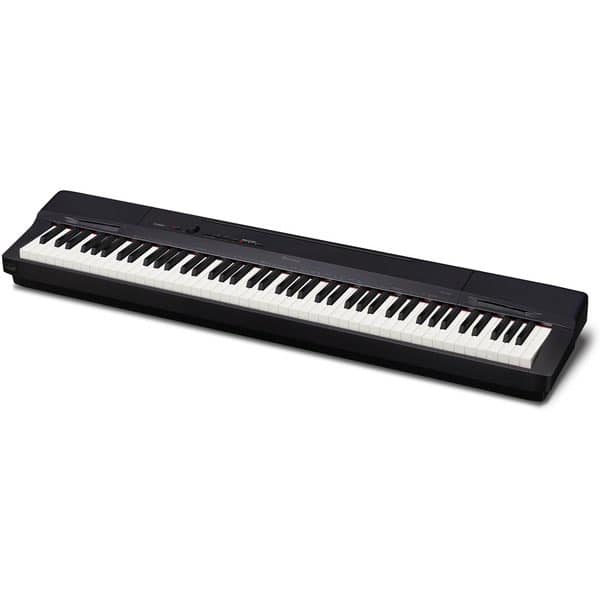
FEATURES: Tri-Sensor Scaled Hammer Action Keyboard II
OTHER INFO: Multi-dimensional Morphing AiR Sound Source
- Realistic key action
- Affordable price
- No LCD screen
When you click ‘Check Price’, you’ll see there are loads of great places to buy this item. Our personal favorite is Sweetwater for the US, and Thomann and Gear4Music for the UK & Europe.
They are the largest music retailers, with excellent customer service, competitive prices, really fast shipping, and the longest guarantees.
The professional musician who wrote this article combined many things,
from the product build, manufacturer’s reputation through to feedback
from other users, to create our famous TedScore™.
Form Factor and Style
The form factor plays a crucial role in the digital piano’s aesthetic presence. Many models strike a balance between elegance and function. For instance, the use of modern materials ensures sleek lines and a tactile experience that feels both classic and fresh.
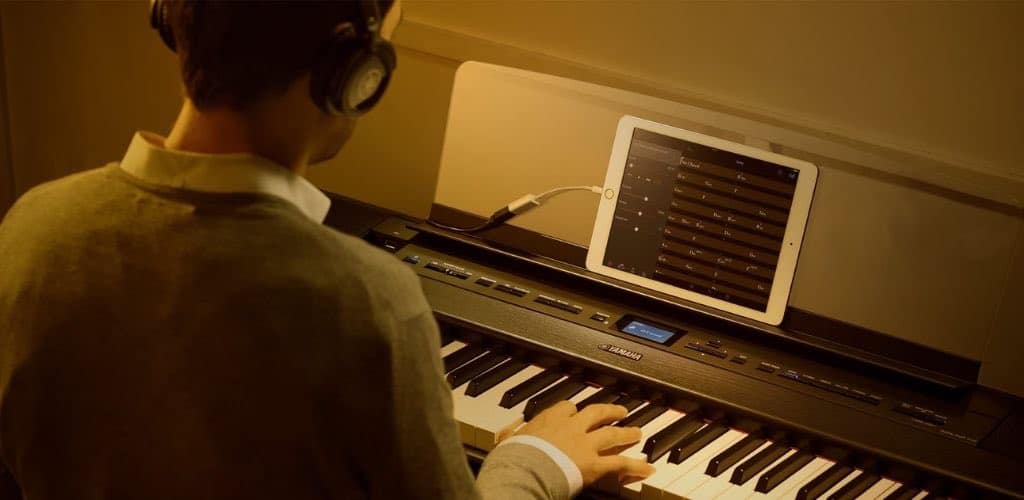
The design isn’t just about looks, though. Thoughtful styling means more intuitive controls and better ergonomics. A visually appealing piano also invites more frequent playing and practice, enriching the musical journey.
Connectivity and Expansion
Having the right connectivity and expansion options in a digital piano can significantly enhance your musical experience. Whether it’s through Bluetooth connectivity, versatile audio outputs, or robust MIDI compatibility, the options available can elevate how you create and interact with music.
Bluetooth and Audio Outputs
Bluetooth connectivity in digital pianos opens up a world of possibilities for easy wireless connections to various devices. I often enjoy the convenience of streaming or integrating apps without needing cables.
This feature is handy for integrating smart devices and accessing online resources.
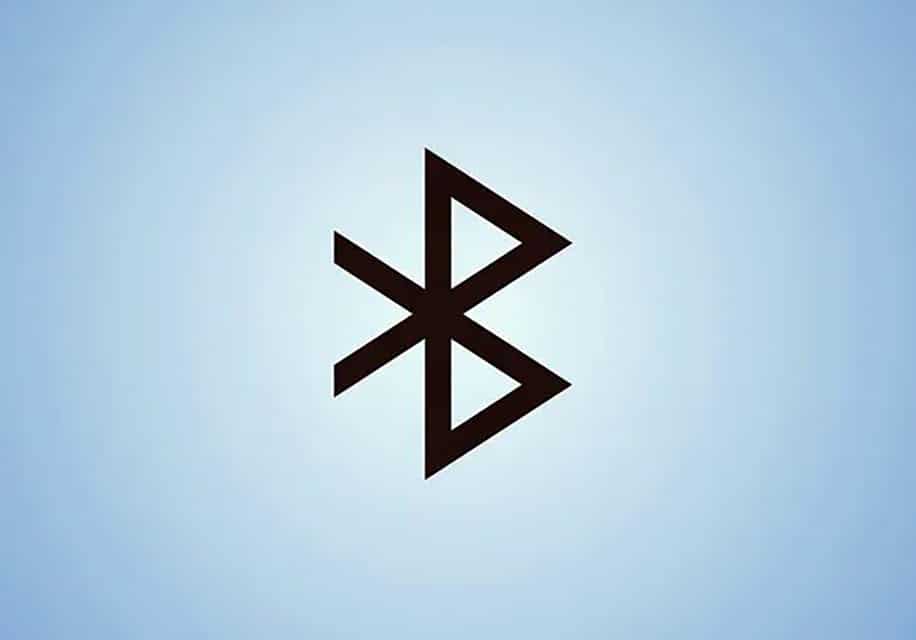
Audio outputs are equally crucial for connecting to external speakers or sound systems. Whether you’re performing or recording, proper audio outputs offer high-quality sound reproduction. You might find it especially beneficial when engaging in more formal settings or trying to optimize sound quality in home studios. Some pianos might even support Bluetooth audio, allowing wireless connection to headphones or speakers.
MIDI Compatibility for Digital Pianos
MIDI compatibility has been a game-changer in digital pianos, allowing seamless integration with music production software and other instruments. It is a critical feature for anyone aiming to compose or arrange music on digital platforms. With MIDI connections, you can easily connect to computers or external synthesizers, expanding your creative possibilities.
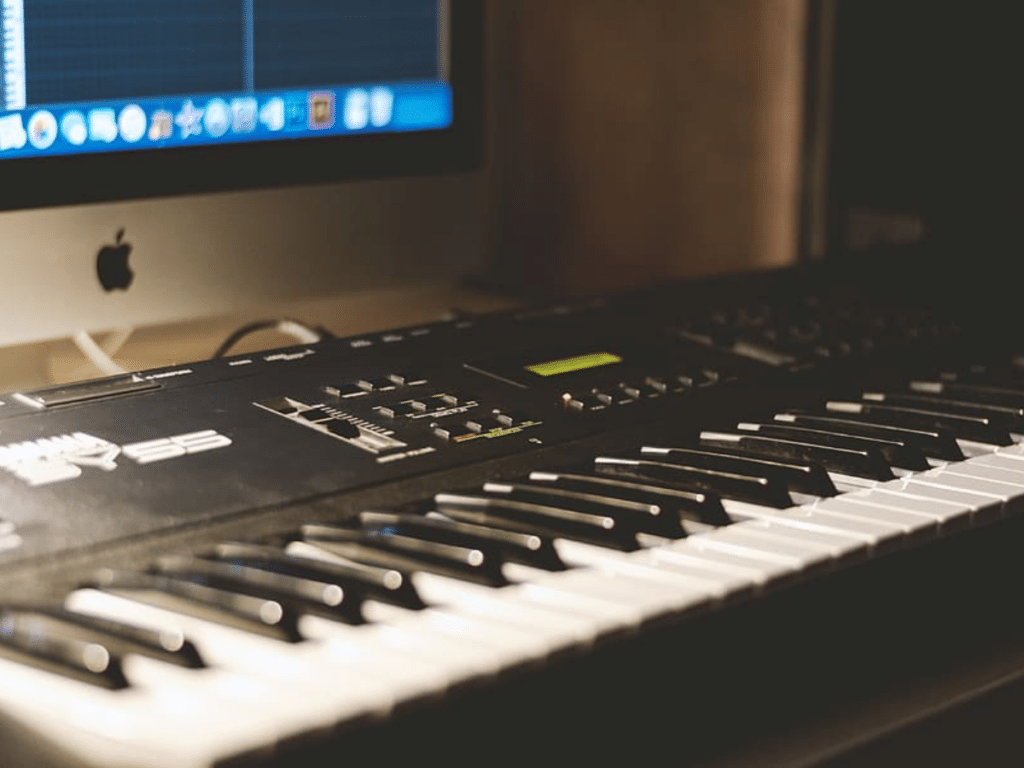
It’s worth noting that USB-MIDI support can also simplify connections with newer devices. This means fewer cables while maintaining substantial data transfer for recording and composing. MIDI provides a bridge to an expansive world of sound libraries and virtual instruments, making it invaluable for both beginners and advanced musicians.
Advanced Features and Functionalities
Understanding advanced features can greatly enhance the playing experience when exploring digital pianos. These pianos offer innovative functions such as layering sounds and recording options, which add depth and versatility to musical expression.
Layering Sounds and Arranger Functions
Layering sounds allows me to stack different tones for more textured compositions. Imagine playing a soft string ensemble with a mellow piano tone. This feature is perfect for creating rich, complex audio landscapes without needing multiple instruments.
Arranger keyboards often have this capability, along with preset accompaniments. These enhance performances by providing automatic background music. With just a touch, I can switch styles or genres, opening up endless creative possibilities.
Additional features often include modulation wheels and pitch bends. These tools give me expressive control, allowing subtle nuances in performances. The flexibility offered by these advanced functions truly transforms how I interact with digital pianos.
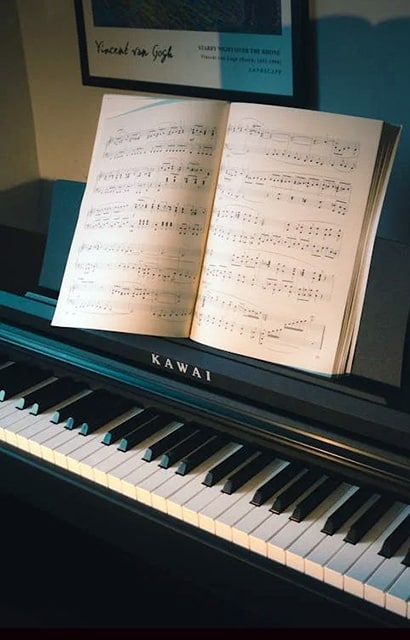
Recording and Playback Capabilities
Recording capabilities are essential for capturing and analyzing performances. Many digital pianos have built-in recorders that allow me to save my music as MIDI or audio files. This is invaluable for honing my skills and sharing my creations with others.
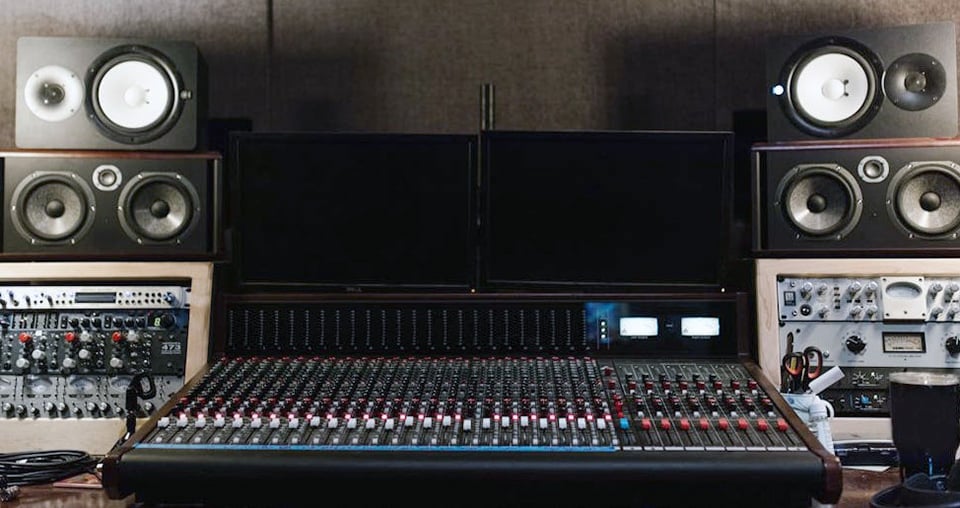
Playback features enable me to listen to these recordings directly on the piano, providing insight into areas for improvement. Moreover, some models offer multitrack recording and built-in storage, making it easy to layer vocals or instruments over my piano tracks.
With these capabilities, I can experiment and refine my playing techniques. Technology and music are seamlessly integrated, fostering an environment of creativity and learning.
Learning to Play with Digital Pianos
Digital pianos offer a wide range of features that make learning to play the piano accessible and engaging. They integrate technology to enrich practice sessions and provide structured support for beginners.
Integrated Learning Tools
One of the greatest benefits of digital pianos is the availability of integrated learning tools.
Many models come loaded with apps and software that make daily practice a joy rather than a chore.
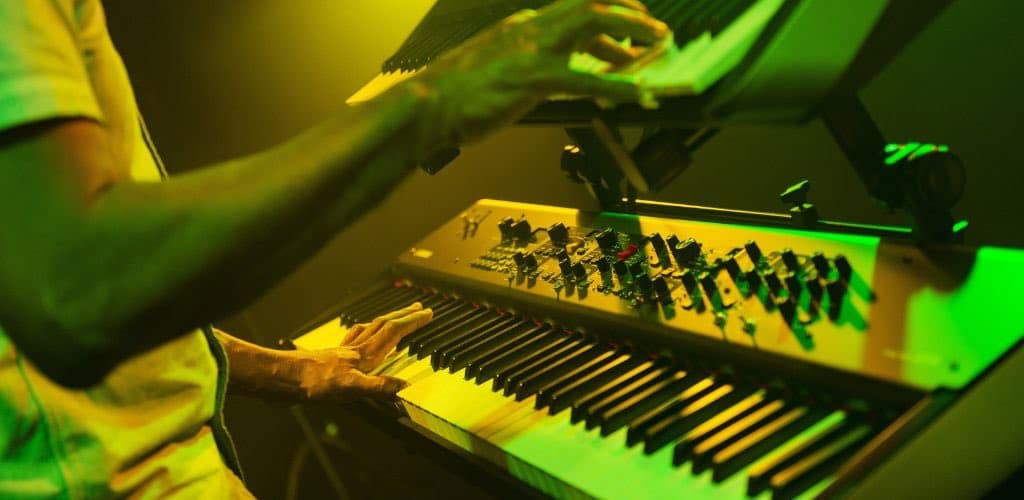
Take, for instance, Yamaha’s Smart Pianist app. It allows me to connect my piano to my smartphone, offering real-time feedback and interactive lessons. Built-in metronomes, recording capabilities, and light-up keys are also common features that help boost my learning pace.
These digital pianos often include learning software, turning the instrument into a self-contained teaching assistant. Programs guide me through scales, chords, and even complex pieces. This type of interactive learning is ideal for maintaining motivation and tracking progress.
Digital Pianos for Music Education
In the context of music education, digital pianos provide accessible options for schools and beginners. They are budget-friendly, portable, and require minimal maintenance compared to traditional acoustic pianos.
For beginners, models like the Roland F107 and Casio PX-870 offer weighted keys that replicate the feel of acoustic pianos. This is crucial for developing proper finger strength and technique.
Schools can benefit from digital piano labs that allow multiple students to practice together, yet individually, using headphones. This setup reduces distractions and accommodates different learning speeds. These features make digital pianos a practical choice in educational environments, supporting diverse learning needs.
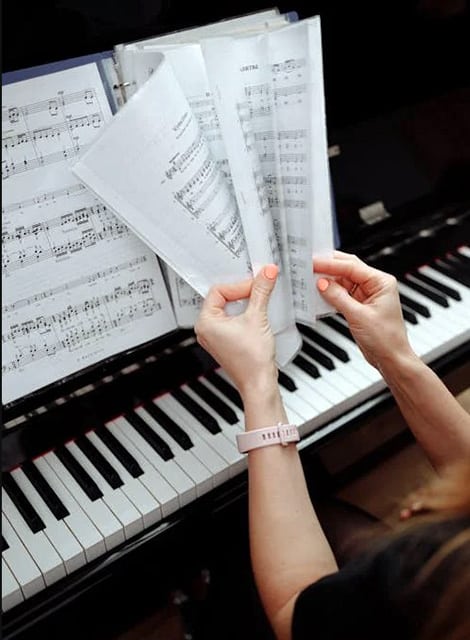
Accessories and Extras
In the world of digital pianos, accessories can elevate the playing experience. Choosing the right ones enhances sound quality and usability, making practice more enjoyable and convenient.
Choosing the Right Sustain Pedal
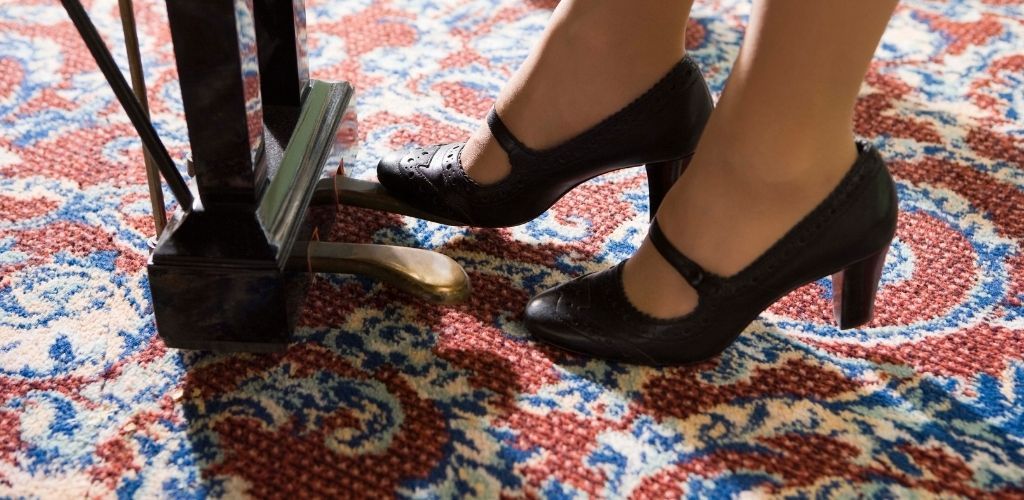
Selecting a good sustain pedal is crucial for achieving expressiveness in piano playing. Durability and compatibility are the key factors.
A robust pedal can withstand repeated use. It’s essential to ensure it is compatible with your digital piano; otherwise, the pedal might not function properly. Many players recommend fully weighted or half-damper pedals, which more closely mimic an acoustic piano—ideal for those who want an authentic feel.
Brands like Yamaha and Roland offer reputable options. Testing pedals in-store can provide insights into their tactile response and keyboard action.
Headphones and Speakers for Digital Pianos
Headphones allow me to practice without disturbing others, while good-quality speakers can enhance shared performances.
When choosing headphones, I look for comfort, sound isolation, and sound quality.
Closed-back headphones are fabulous for minimizing external noise. Brands such as Bose and Audio-Technica are well-regarded in this area.
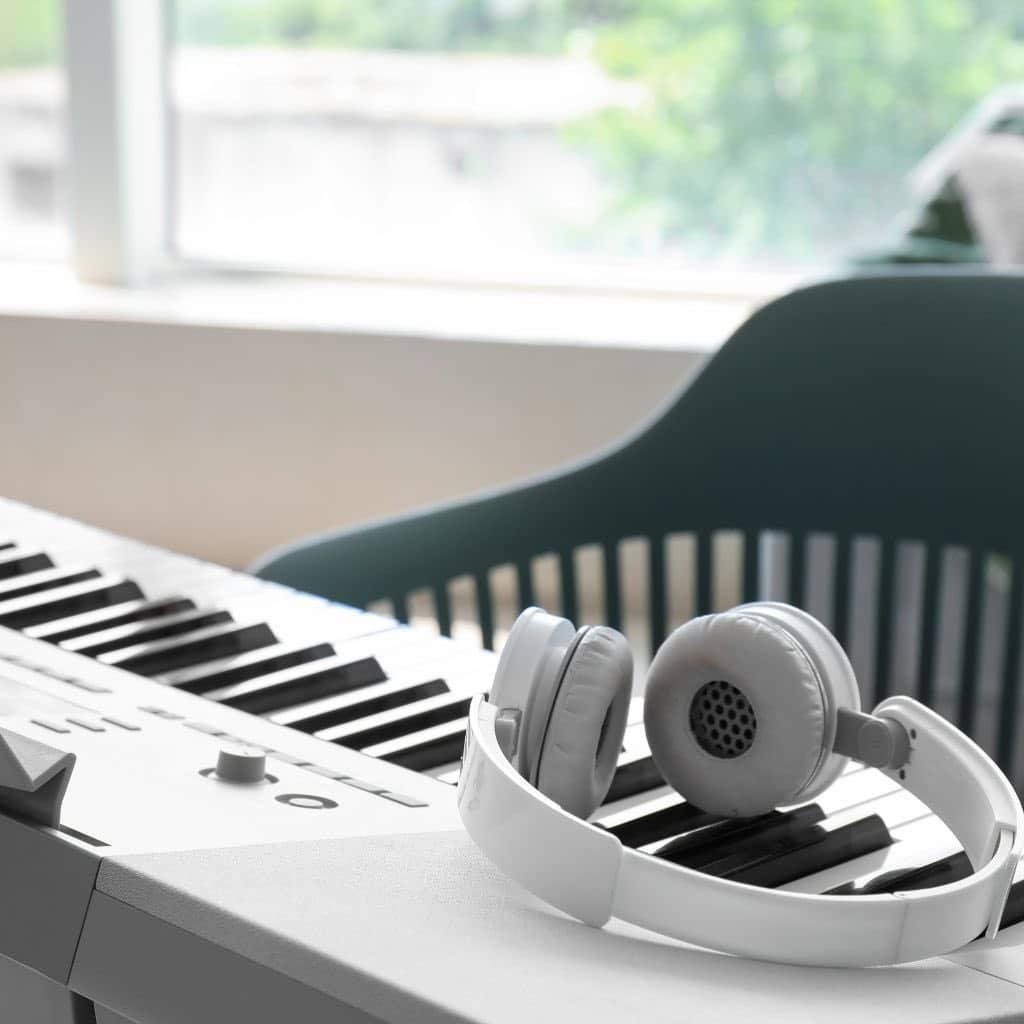
I prioritize power and clarity when it comes to speakers. Check if the speakers are compatible with your digital piano’s outputs. This simple step ensures seamless connectivity and optimal sound production. High-quality speakers bring depth and richness to the piano’s sound, offering a full-bodied listening experience.
Making a Purchasing Decision
When selecting a digital piano, I consider key factors like price, investment value, warranty, and brand support. These elements help you make an informed and confident choice.
Price Comparisons and Investment Value
Digital pianos range significantly in price, so it’s essential to find one that matches both your budget and needs.
It’s tempting to go for the most affordable option, but investing a little more might yield better playability and sound quality.
For example, models like the Yamaha Clavinova offer superior sound and technology, enhancing my music experience.
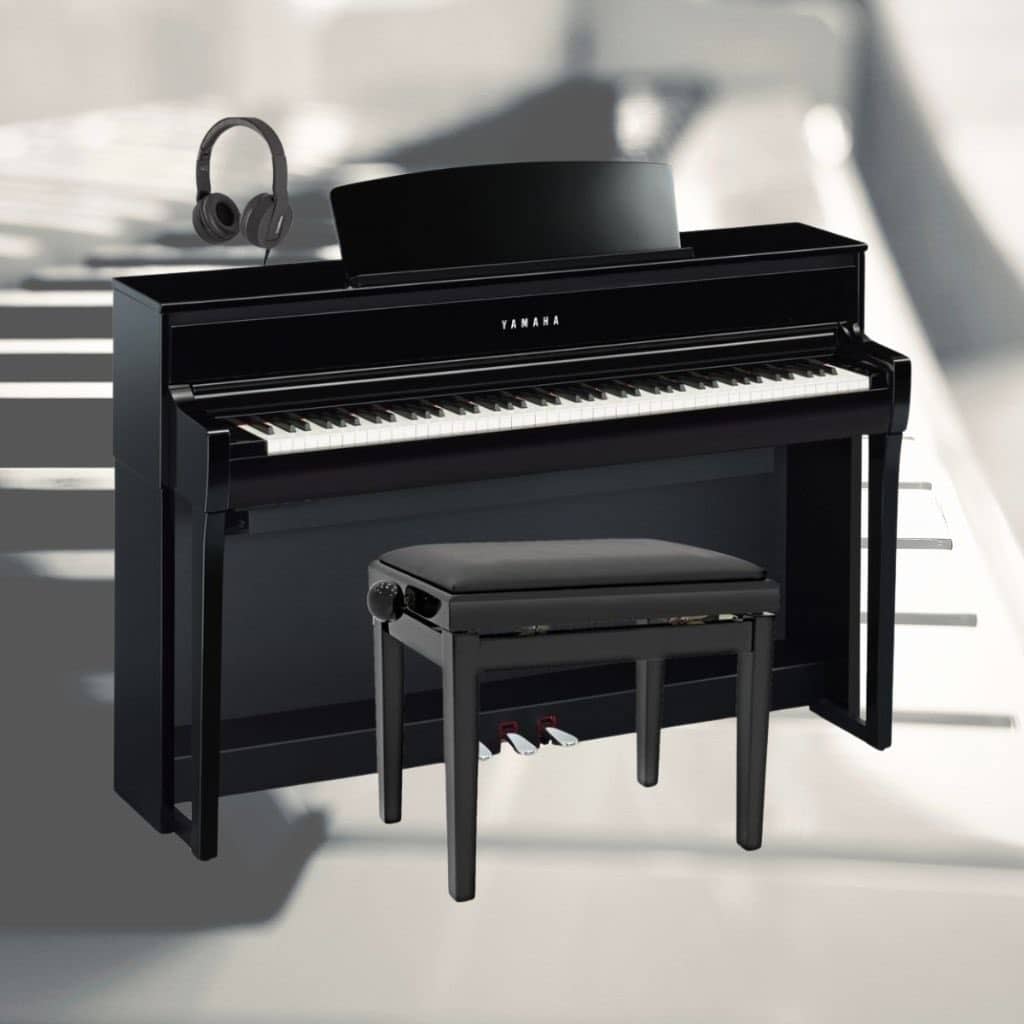
Comparing prices among top-rated brands such as Yamaha, Roland, and Casio helps me gauge the true investment value. Sometimes, a piano with a slightly higher price might come with features that increase ease of use or improve my learning curve. I find online reviews and comparisons on platforms like Amazon valuable in assessing whether the features offered align with the price.
Warranty and Brand Support
A reliable warranty is a critical aspect of my purchasing decision. Digital pianos, like any piece of technology, can sometimes be prone to defects or malfunctions. Brands like Yamaha and Kawai often offer comprehensive warranties that provide me with peace of mind. I prioritize options with longer coverage or extended protection plans.
Strong brand support means easier access to repairs and customer service. Yamaha provides excellent customer support, which can be a reassuring perk. Having access to a dedicated service team ensures any issues are promptly addressed. When brand support is robust, I feel more confident in my purchase.
Top Rated Digital Piano
Final Verdict
As I wrap up my exploration of top-rated digital pianos, I’ve encountered a diverse array of instruments that cater to various needs and preferences.
Some, like the Casio Privia PX-160, are perfect for beginners seeking an enjoyable learning experience.
Others, such as the Kawai KDP120, offer excellent value by combining sound quality with educational tools. Each piano serves its distinct purpose, from stunning aesthetics like the Clavinova CLP-775.
Remember, when searching for the top-rated digital piano, many musicians seek a model that offers a realistic piano playing experience akin to a real acoustic piano. The best digital piano on the market provide exceptional piano sound, ensuring that players can truly enjoy the nuances of their music.
With a variety of options available across different price ranges, aspiring pianists can find an electric pianos that fits their budget while still delivering an authentic piano playing experience. Whether you’re taking piano lessons or just want to play piano for fun, investing in a quality digital piano can enhance your skills and enjoyment.
As the digital piano market continues to grow, there are more choices than ever to suit every player’s needs. Ultimately, choosing the right digital piano involves balancing personal preferences with practical considerations like space and budget.
Don’t go yet…
For anyone seeking the perfect auditory experience while playing, the article “Top 9 Best Digital Piano Headphones” is a must-read, offering insightful recommendations to enhance your practice sessions!
FAQ's
The best brand of digital piano often depends on personal preference and specific needs, but Yamaha, Roland, and Korg are widely regarded as top contenders for their quality, features, and sound authenticity.
The Yamaha Clavinova series, particularly models like the CLP-785, is often considered one of the closest digital pianos to a real piano due to its realistic key action, authentic sound sampling, and advanced technology that mimics the nuances of an acoustic piano.
The Roland RD-2000 is often regarded as one of the best digital pianos for realistic sound, featuring advanced SuperNATURAL piano technology and high-quality samples that closely replicate the tone and nuance of an acoustic piano.
A decent digital piano typically costs between $500 and $1,500, depending on the brand, features, and sound quality.


